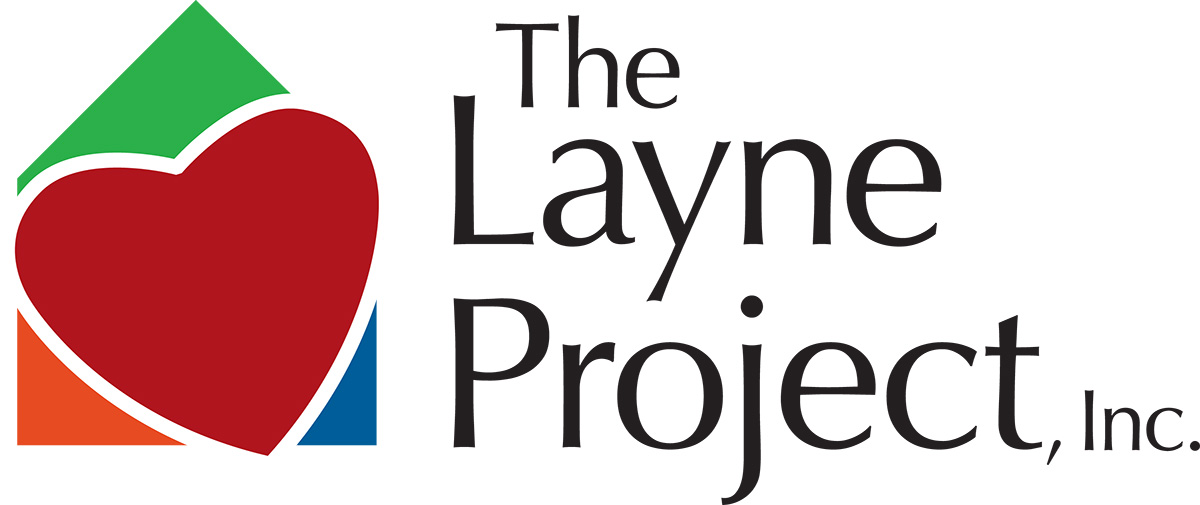Week5: Where It Lands: Making Alignment Tangible—Moving From Insight to Action
 By Trina Nudson, JD, LBSW – Child Advocate & Co-Parenting Coach
By Trina Nudson, JD, LBSW – Child Advocate & Co-Parenting Coach
Over the past four weeks, we’ve named the migraine.
We’ve unpacked the patterns.
We’ve clarified that neutrality alone isn’t the goal—it’s the floor.
But insight only gets us so far.
What changes when we choose action?
1. Alignment Isn’t a Feeling—It’s a Practice
Alignment doesn’t mean everyone agrees.
It means the system knows what to do when they don’t.
When providers have clear messaging protocols, shared expectations for family participation, and consistent communication formats—children experience stability, even in the midst of adult conflict.
2. The Best Practices Are Built, Not Borrowed
Every program is different. Every family is different.
That’s why alignment isn’t a one-size-fits-all script.
It’s an ongoing commitment to clarity, consistency, and care.
And the best tools are the ones you co-create with your team.
Try starting here:
-
A monthly 15-minute team check-in focused on co-parent dynamics
-
A review of your intake forms to ensure both parents are engaged from the start
-
A shared glossary of child-centered, listener-friendly language
3. We Don’t Just Hold Space—We Shape It
Whether you’re a child care provider, a coach, or a clinician—how you respond to conflict shapes the environment children grow in.
When you model curiosity over assumption, pause over reaction, clarity over perfection—you don’t just sidestep chaos.
You build safety.
And children feel it.
Because alignment isn’t abstract. It’s what they notice. What they feel.
And what they carry with them—long after they leave our care.
🗓️ Next Tuesday: Making It Stick—Sustaining Alignment Over Time
💬 Want help taking your program or practice from awareness to alignment? Reach out—we’d love to support you.
